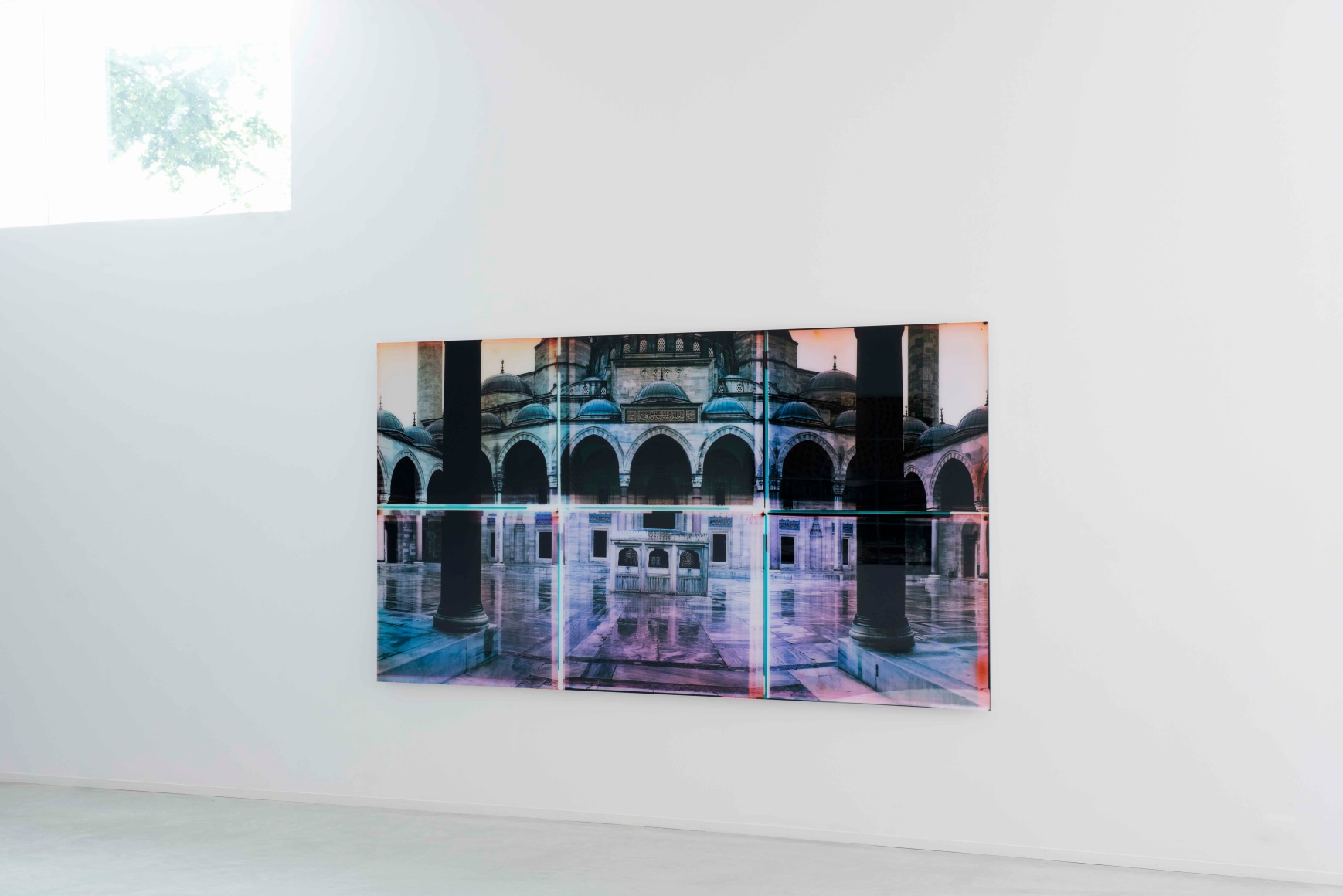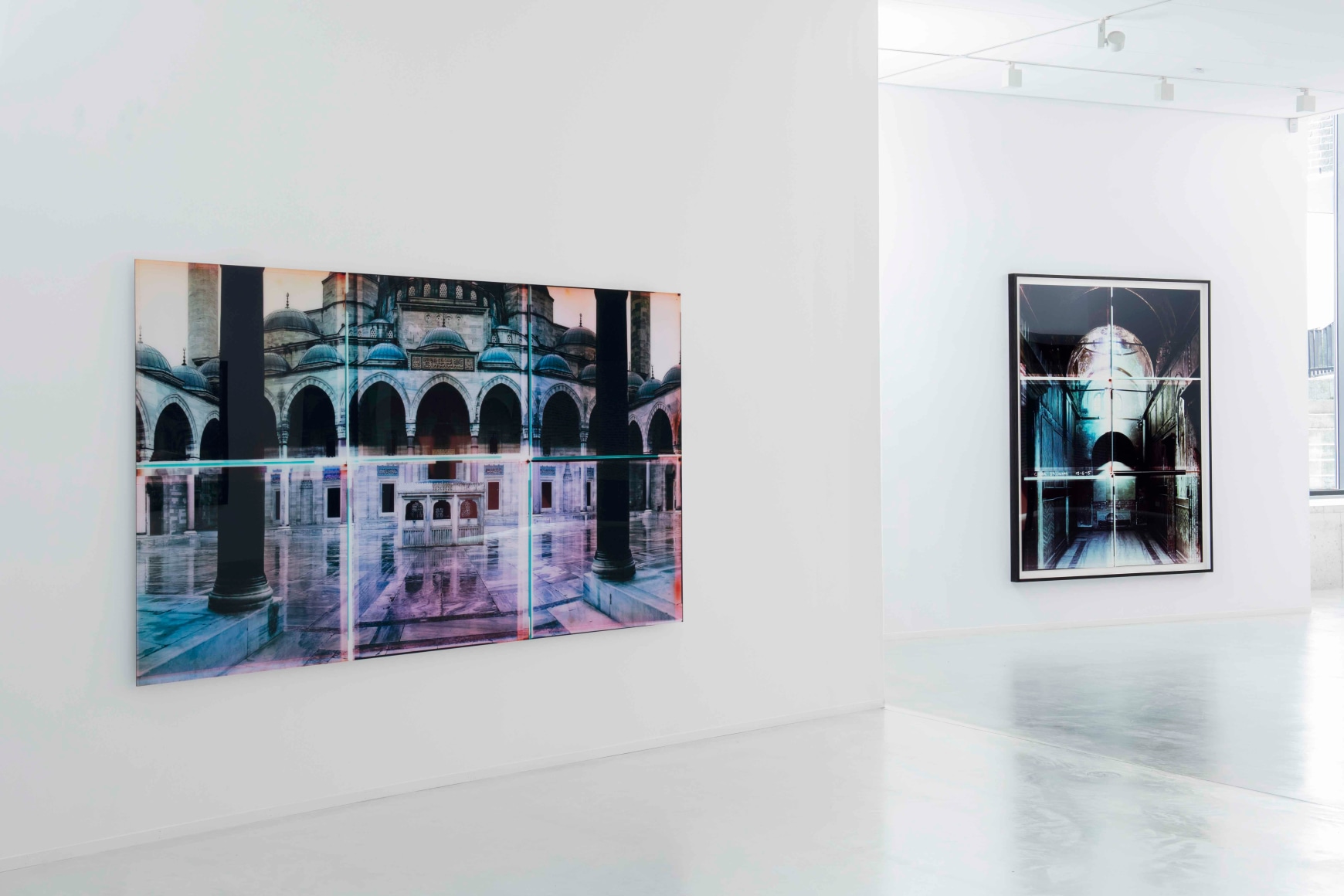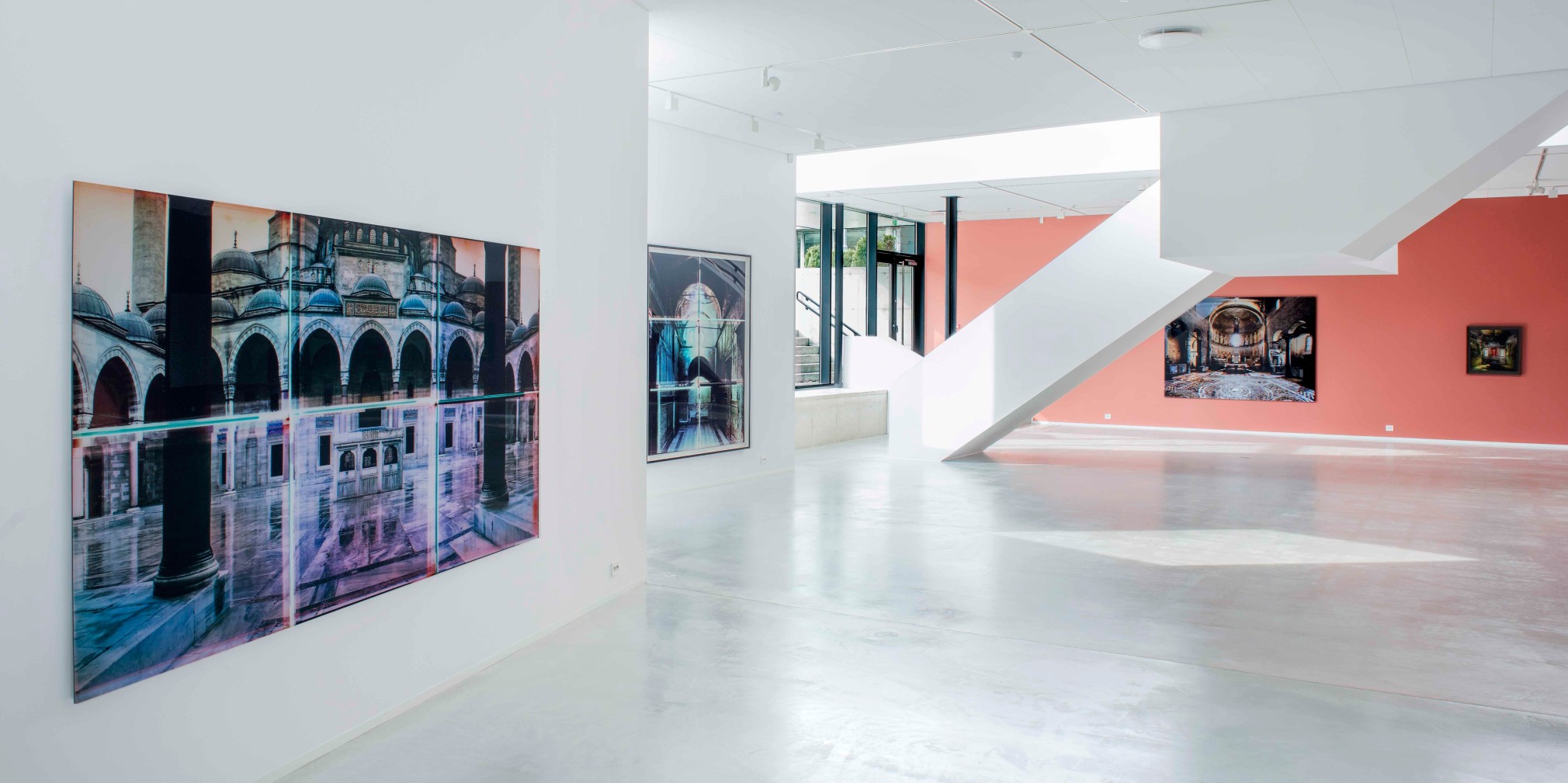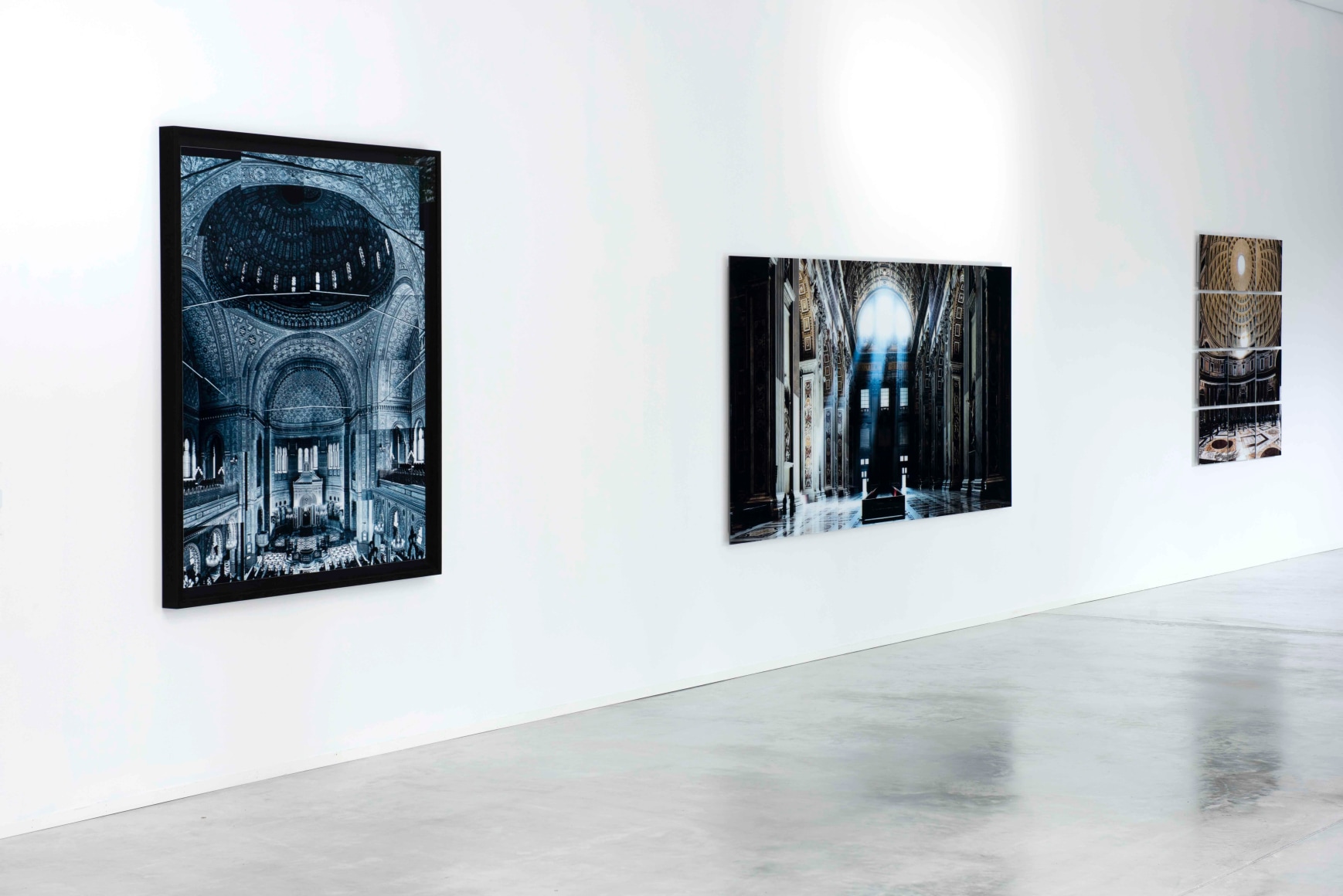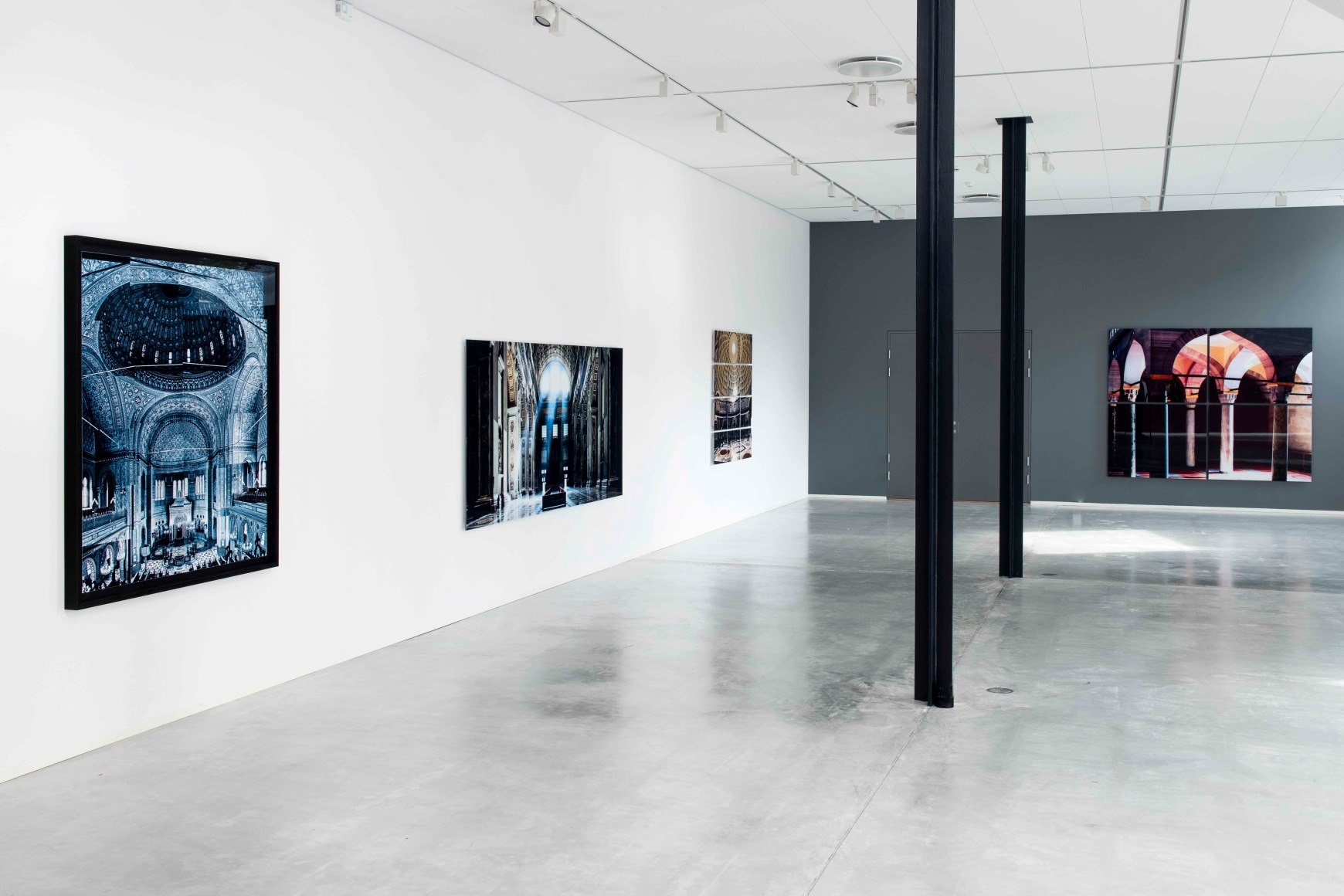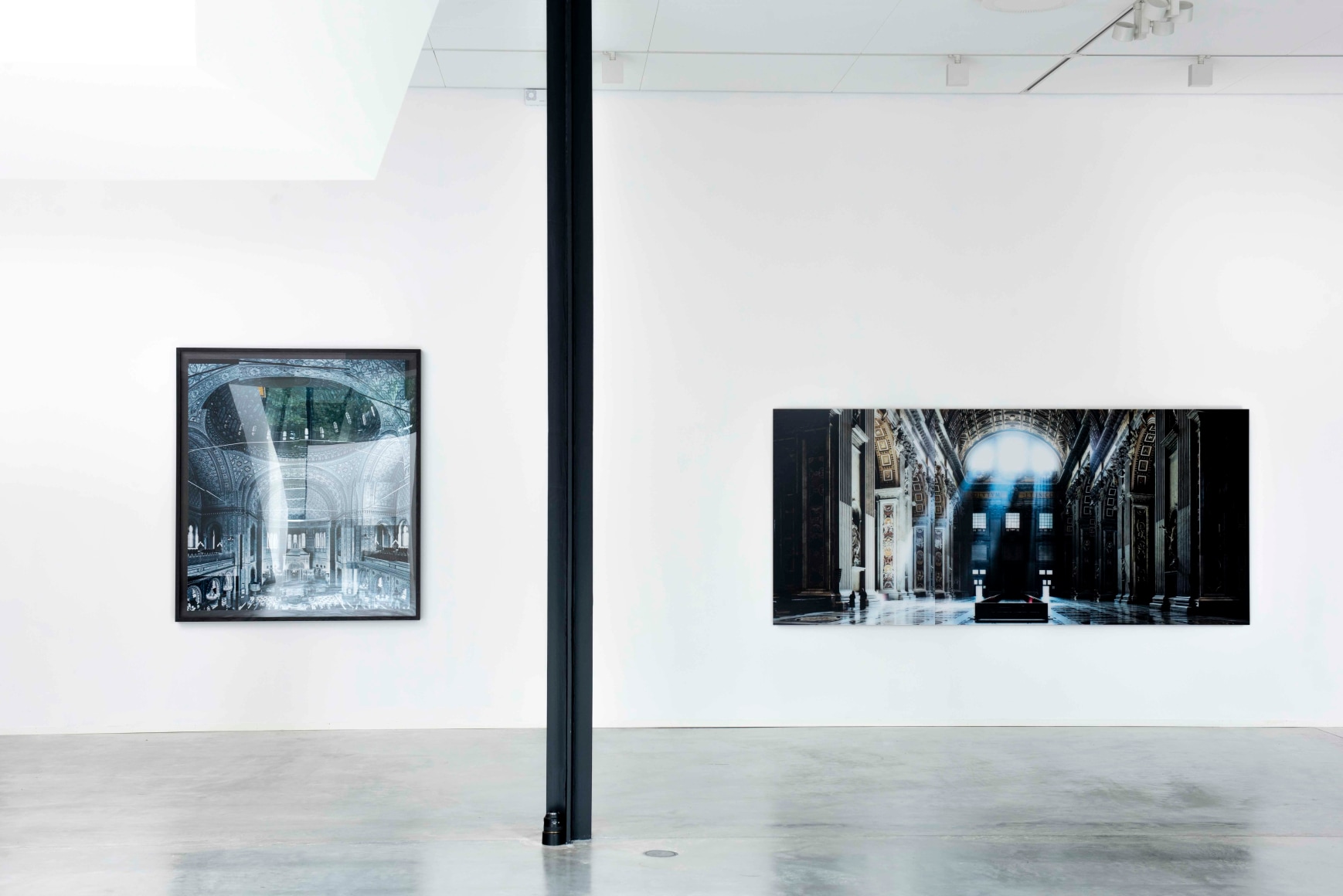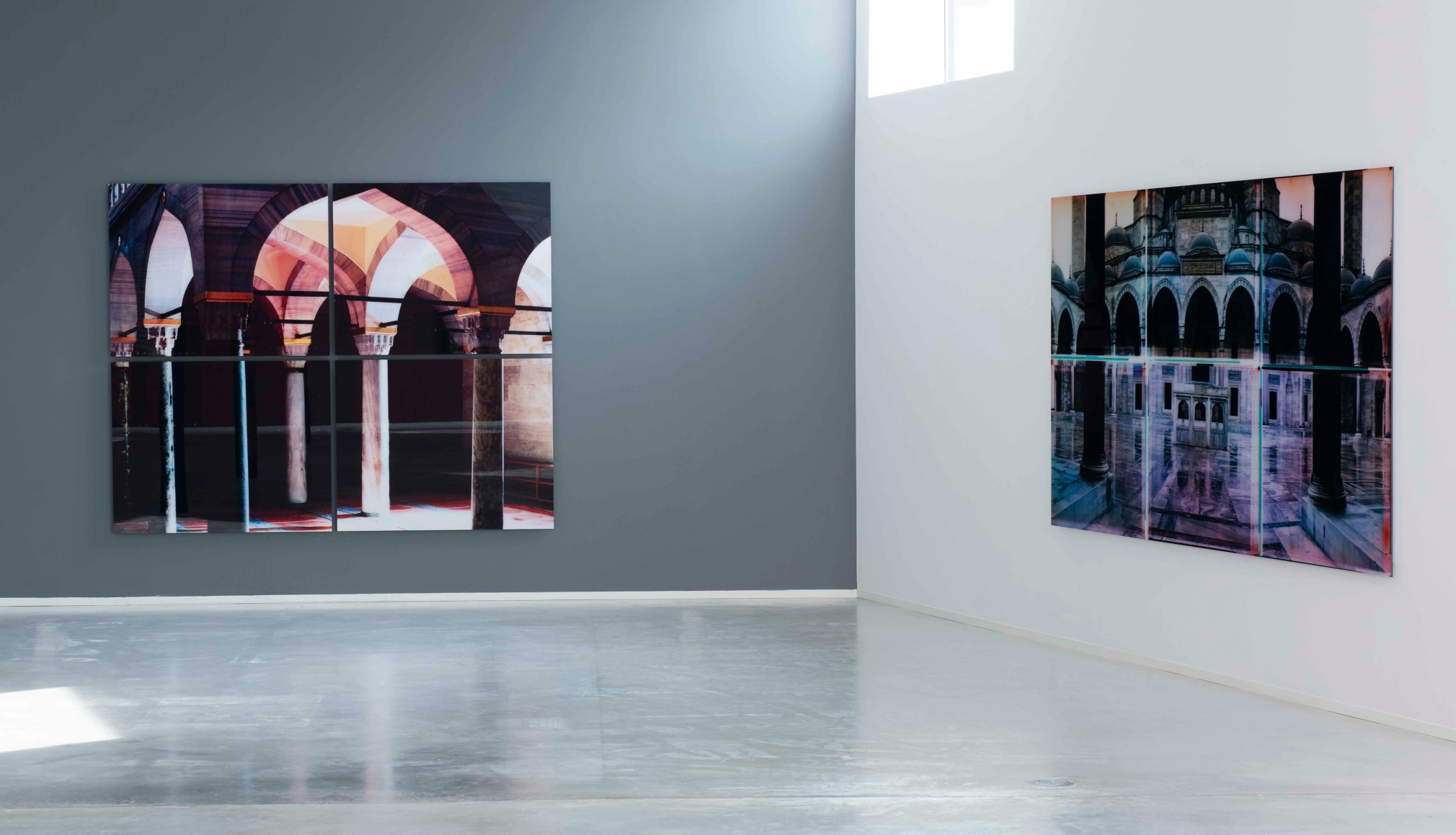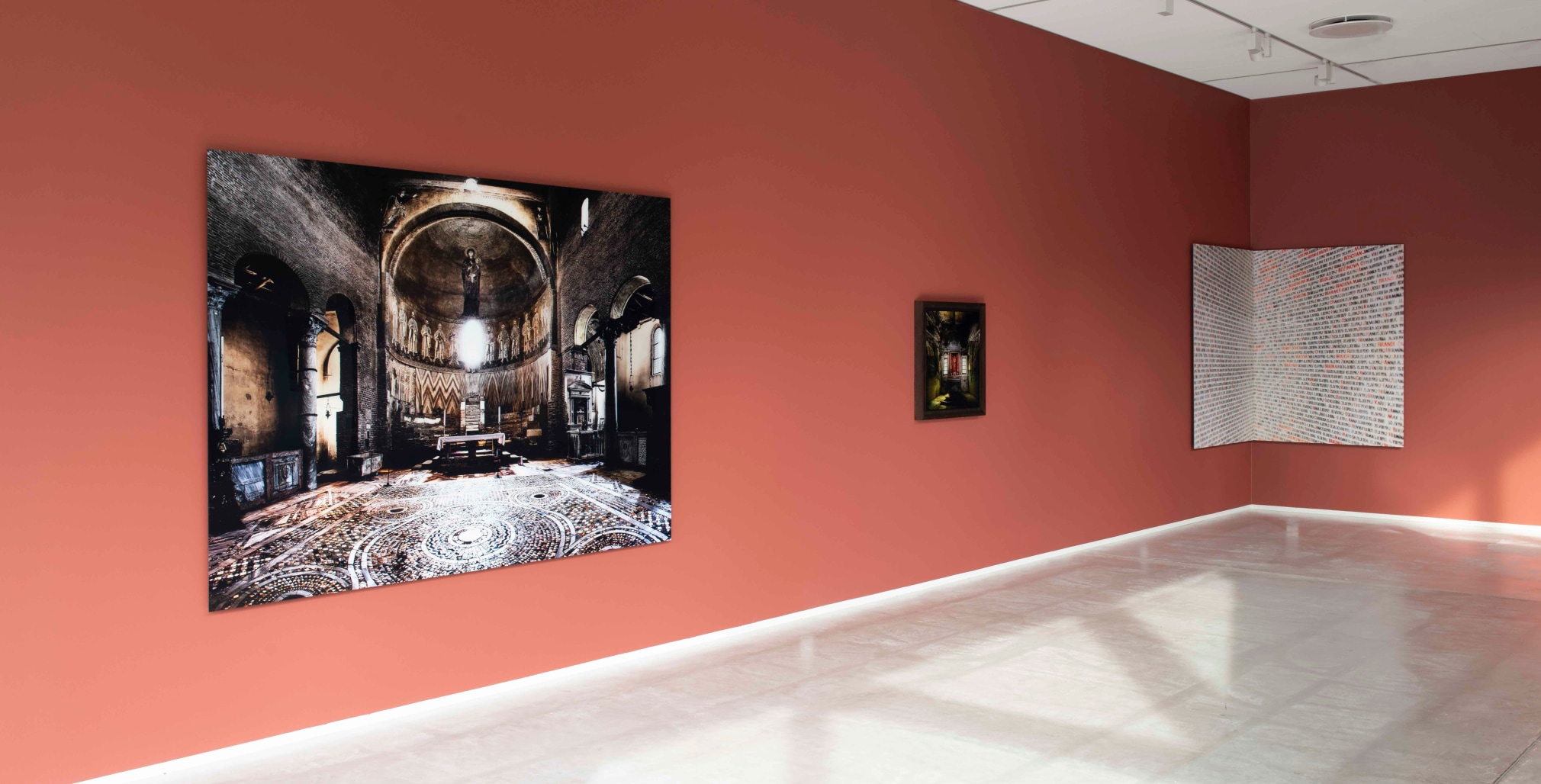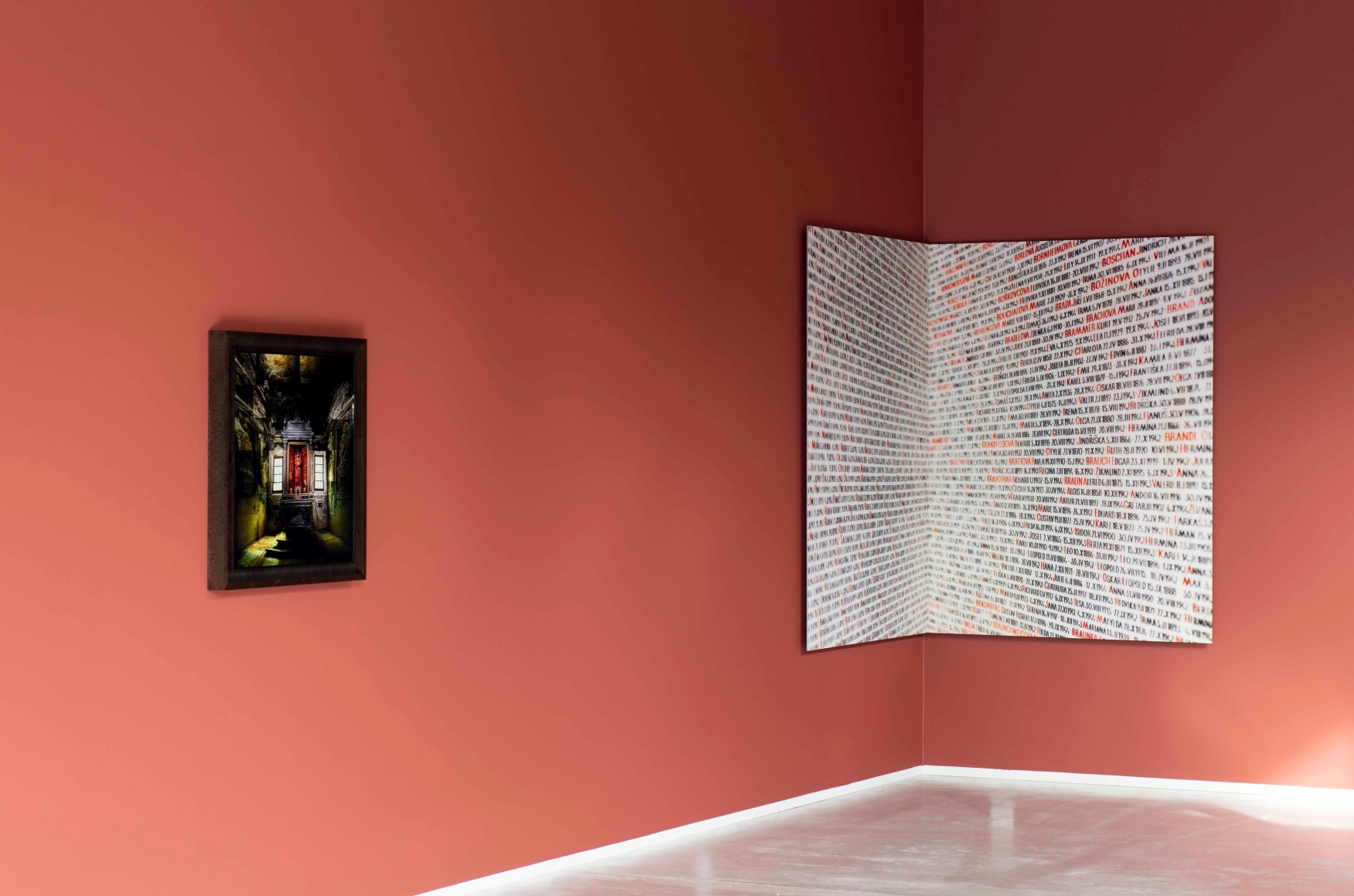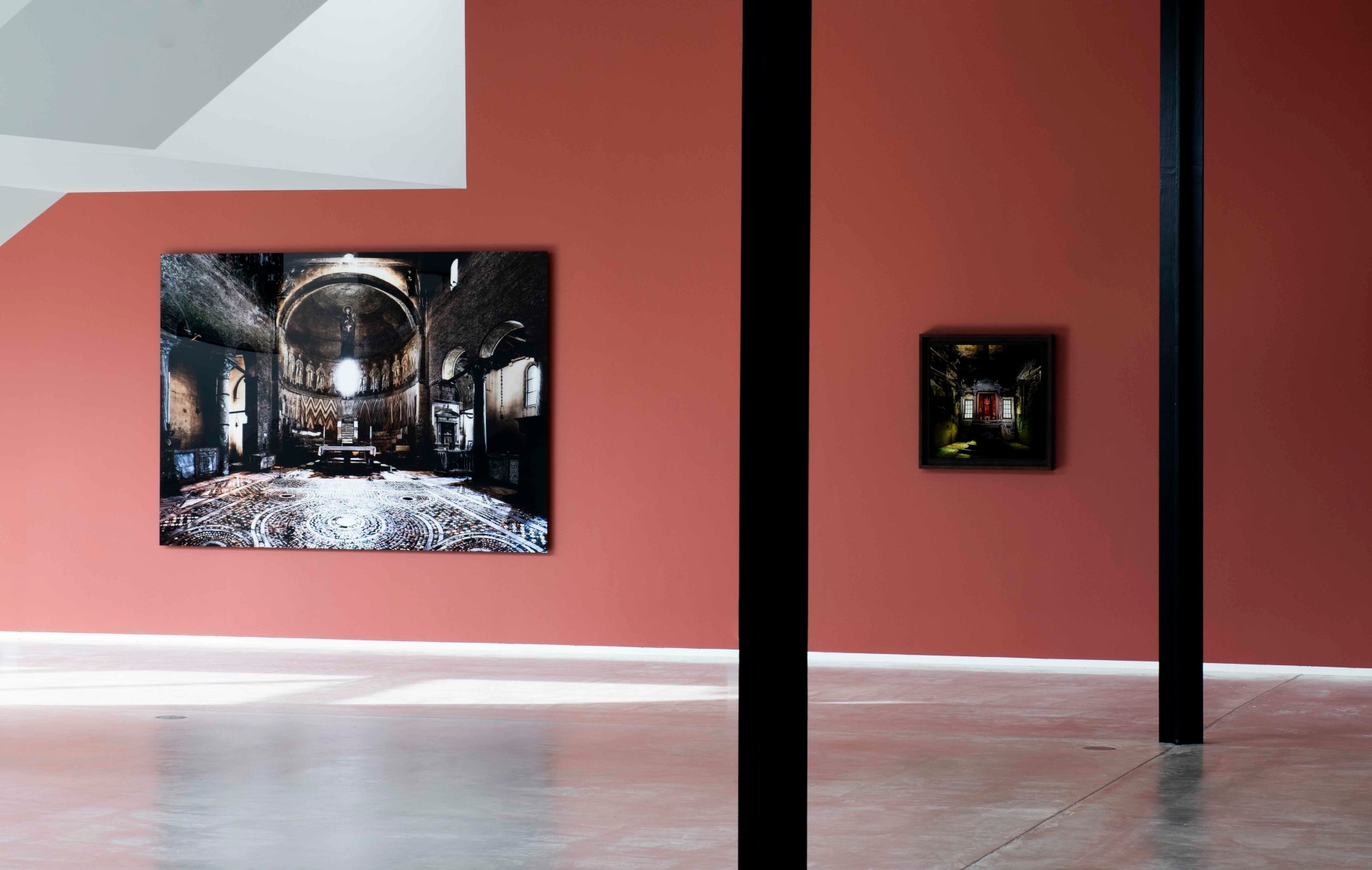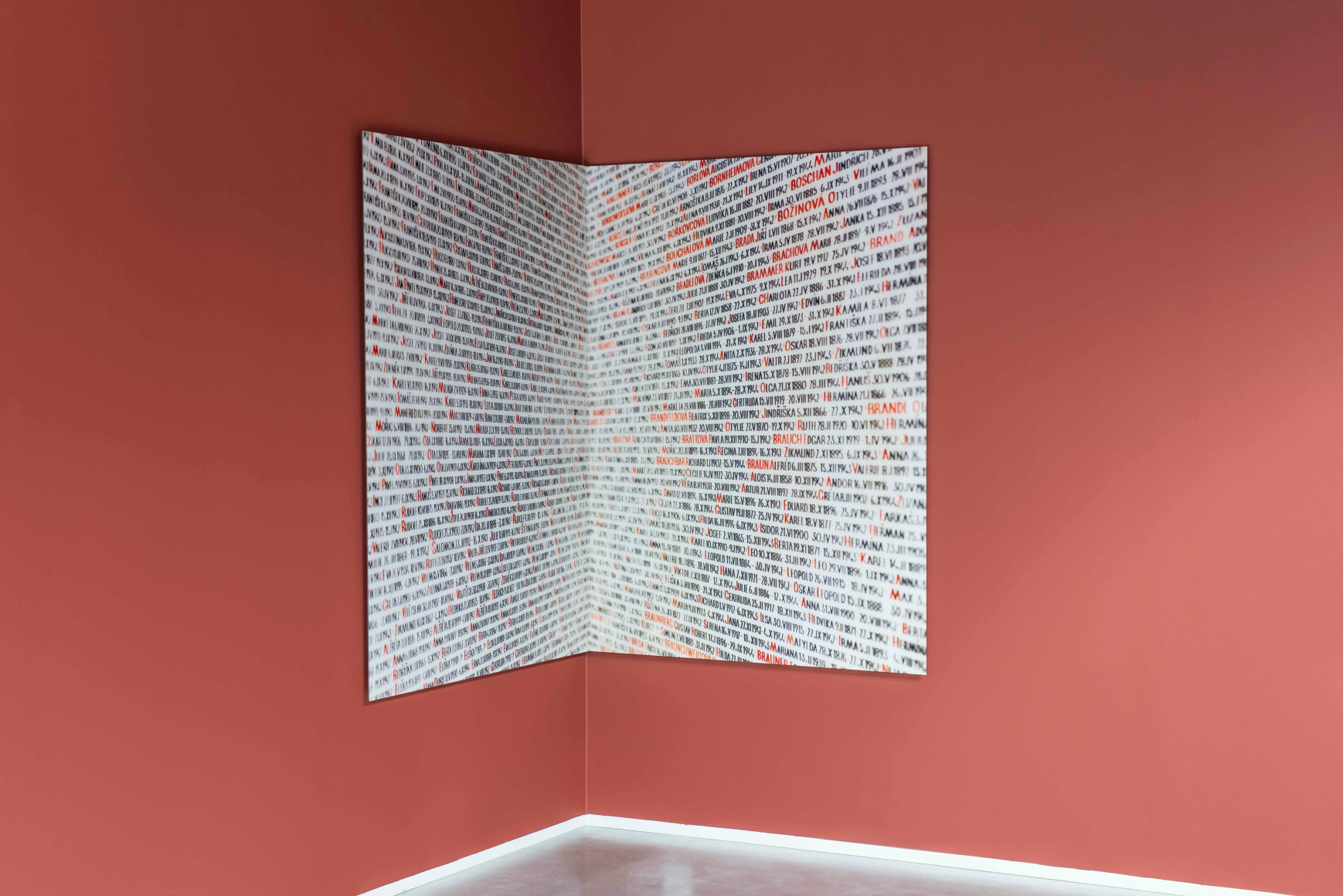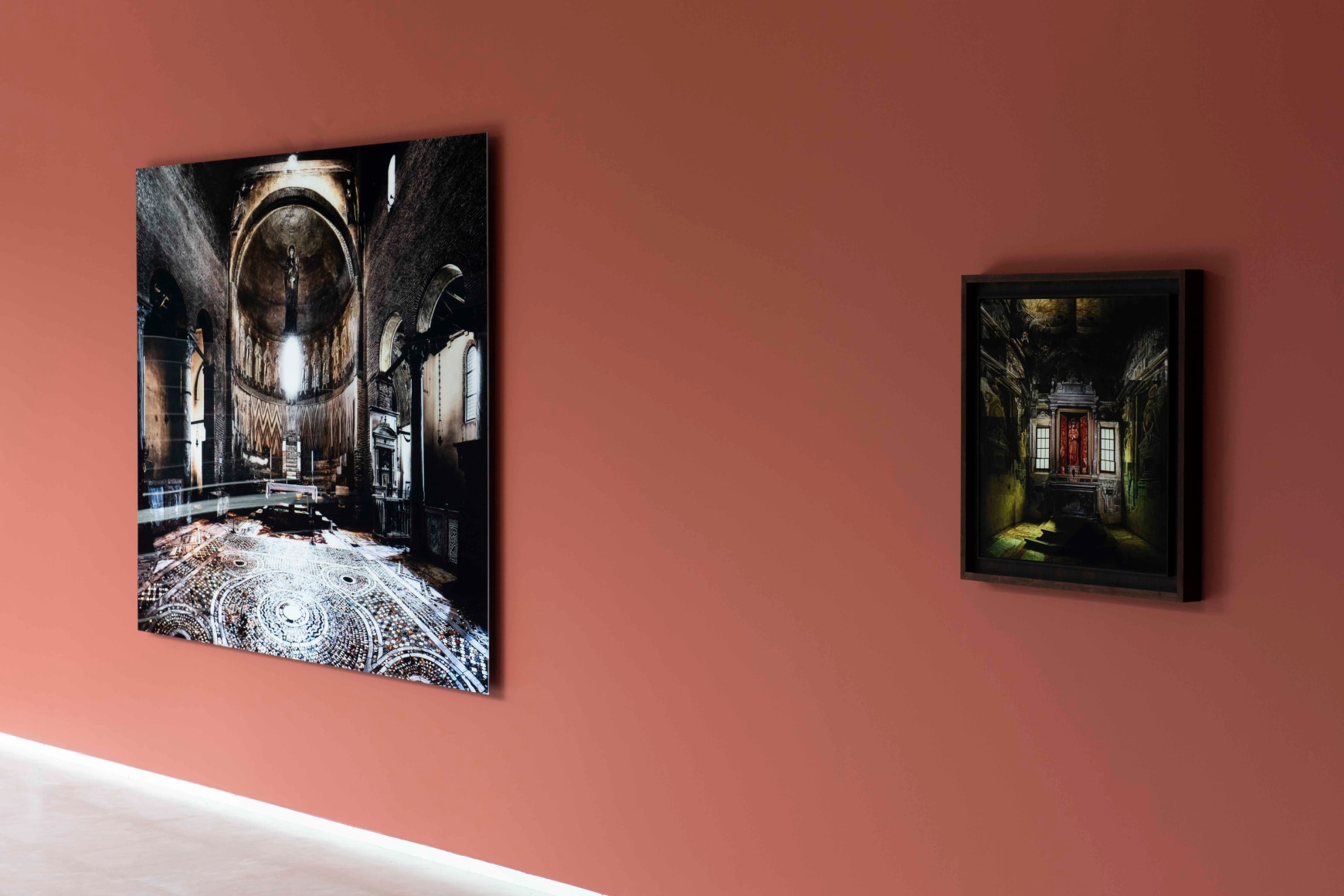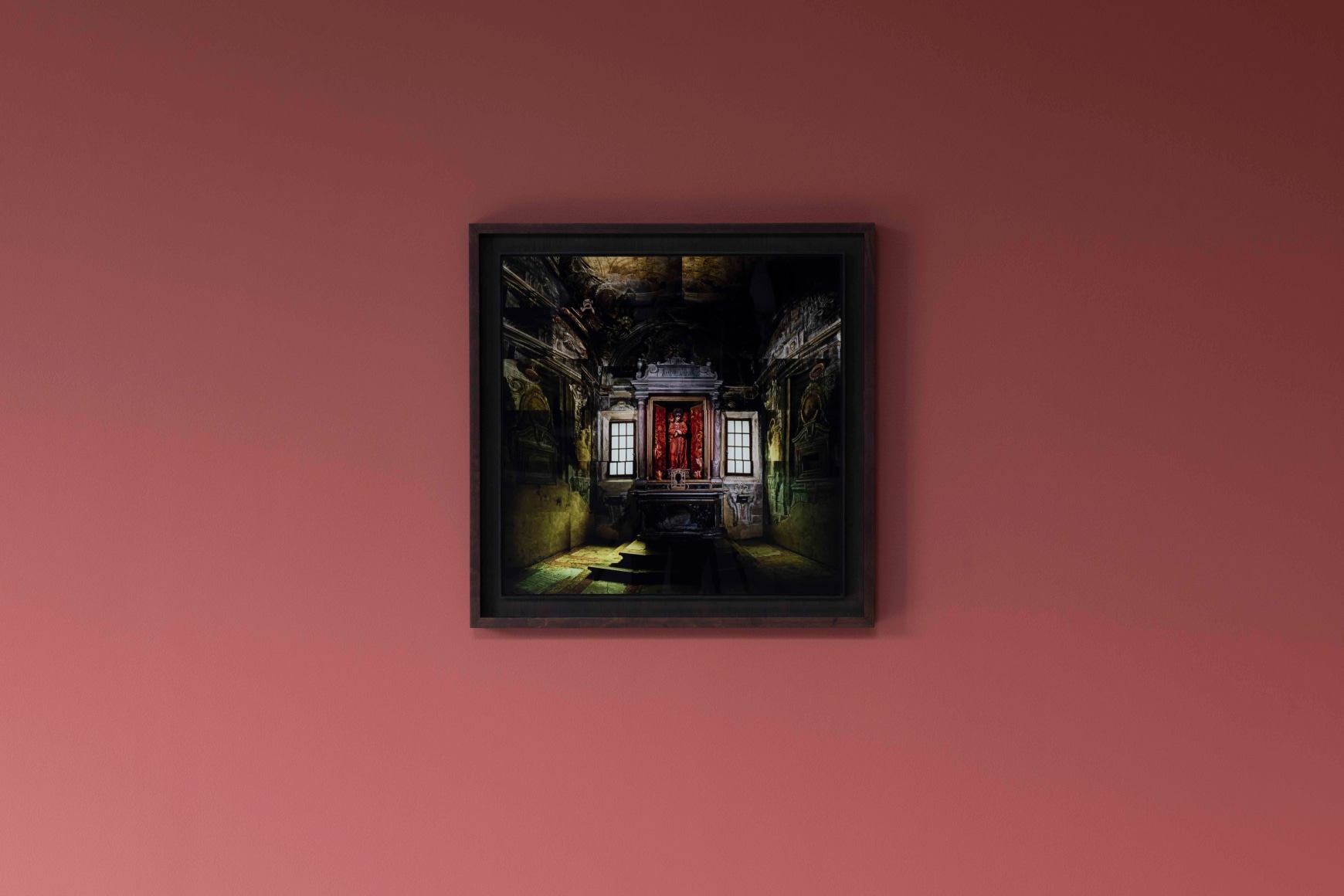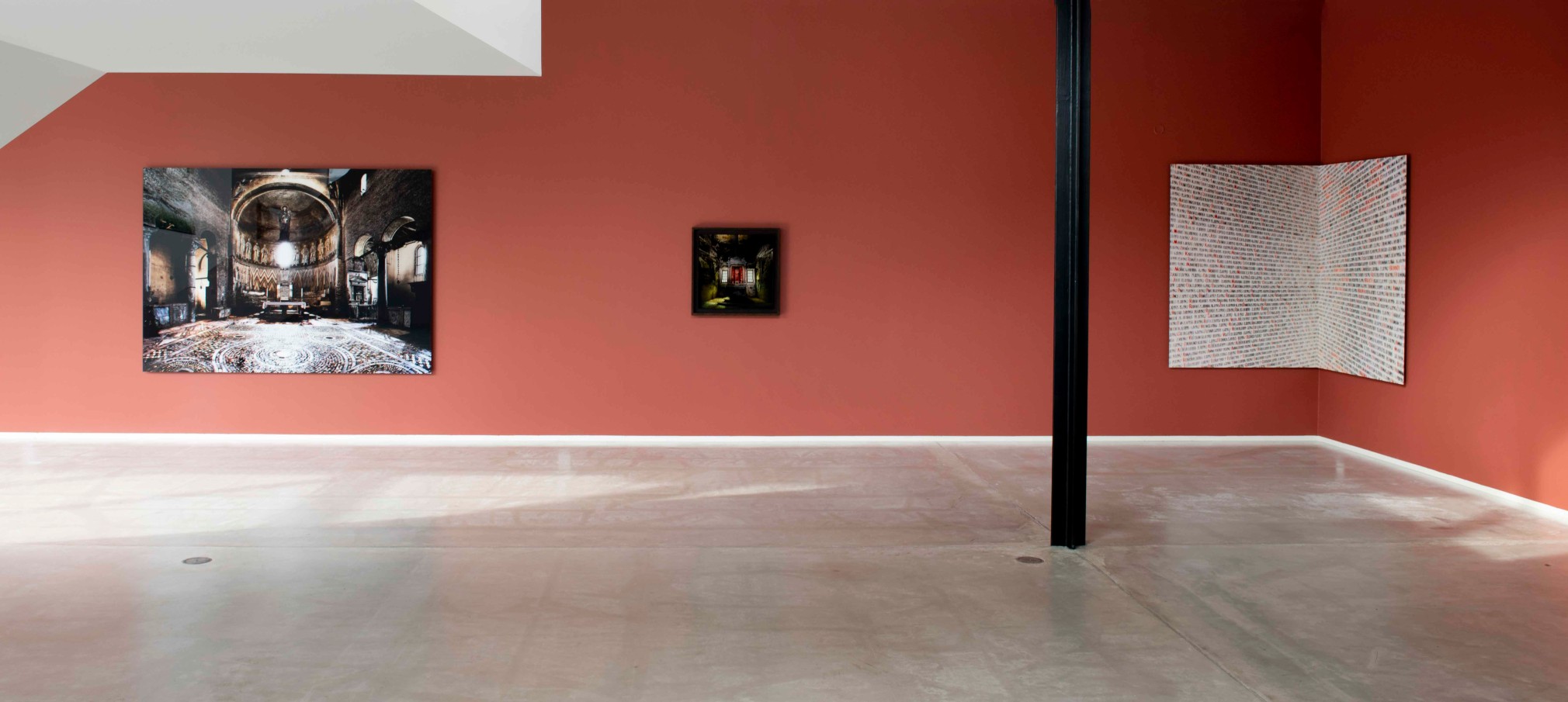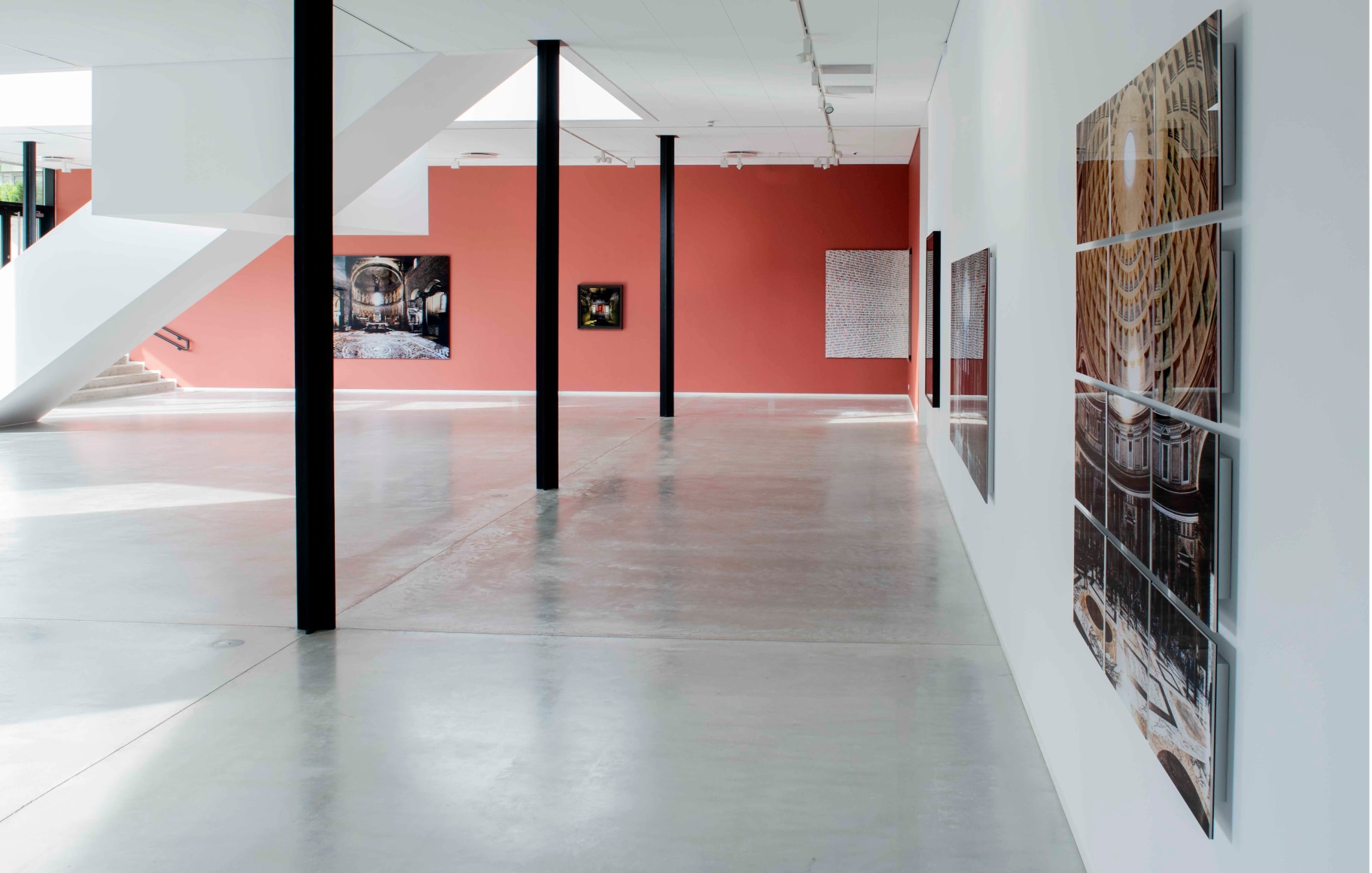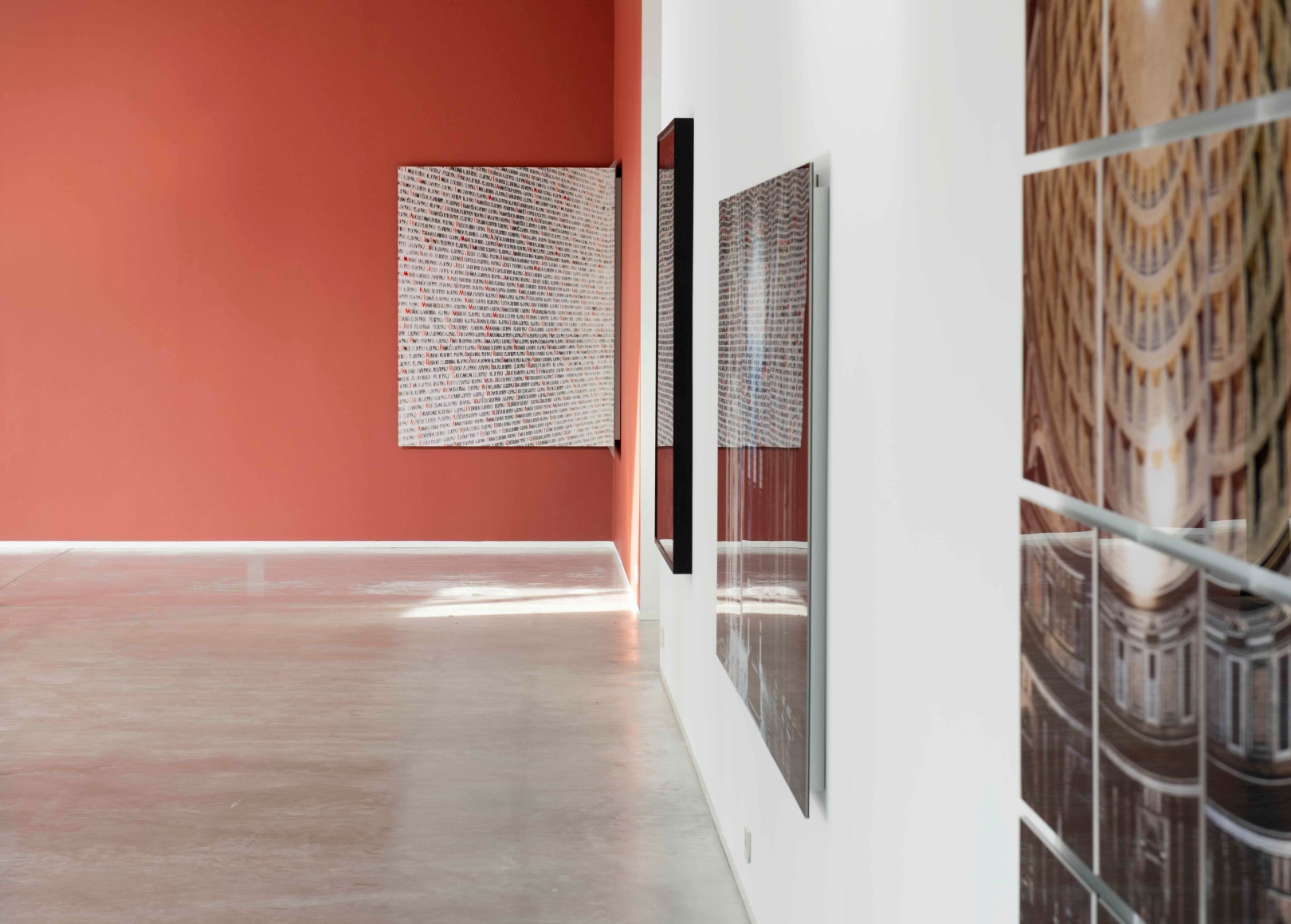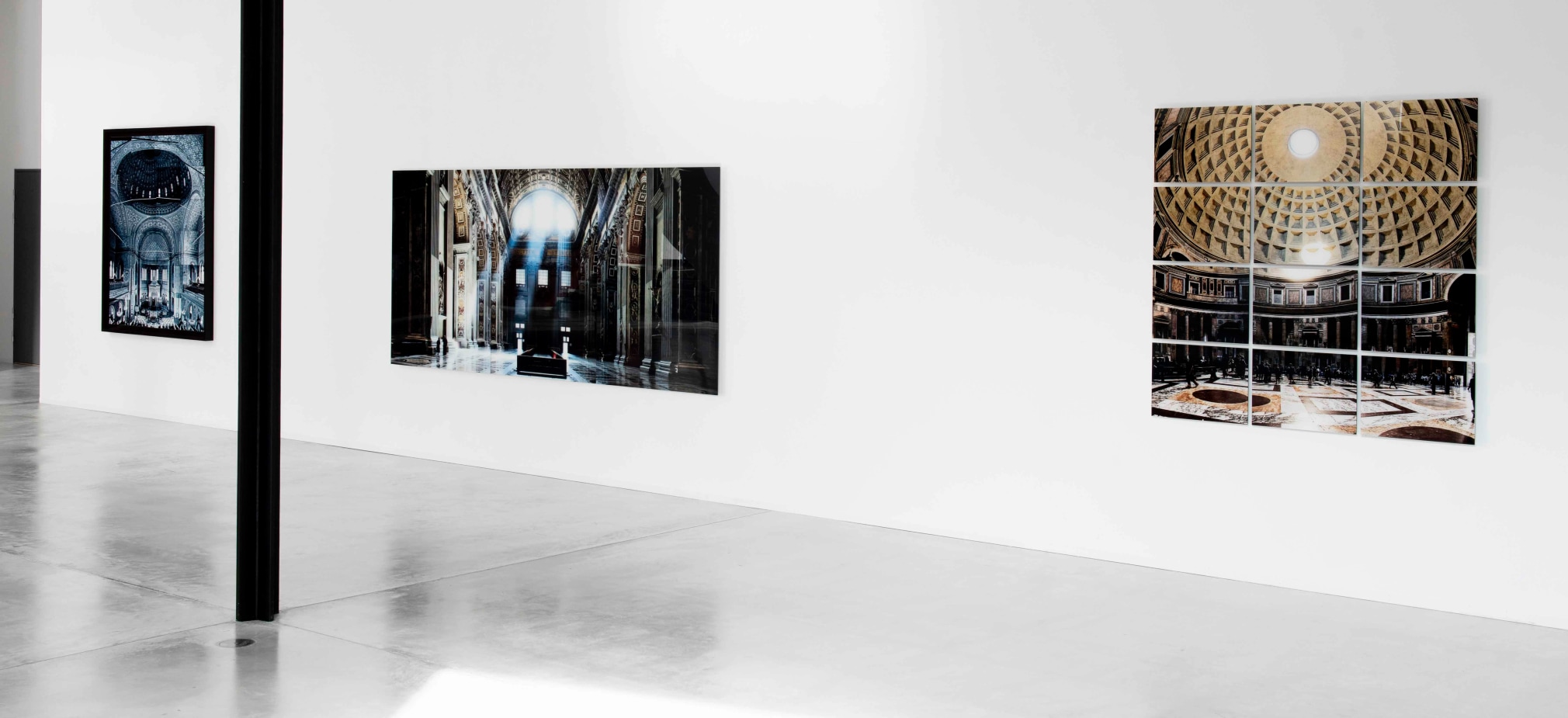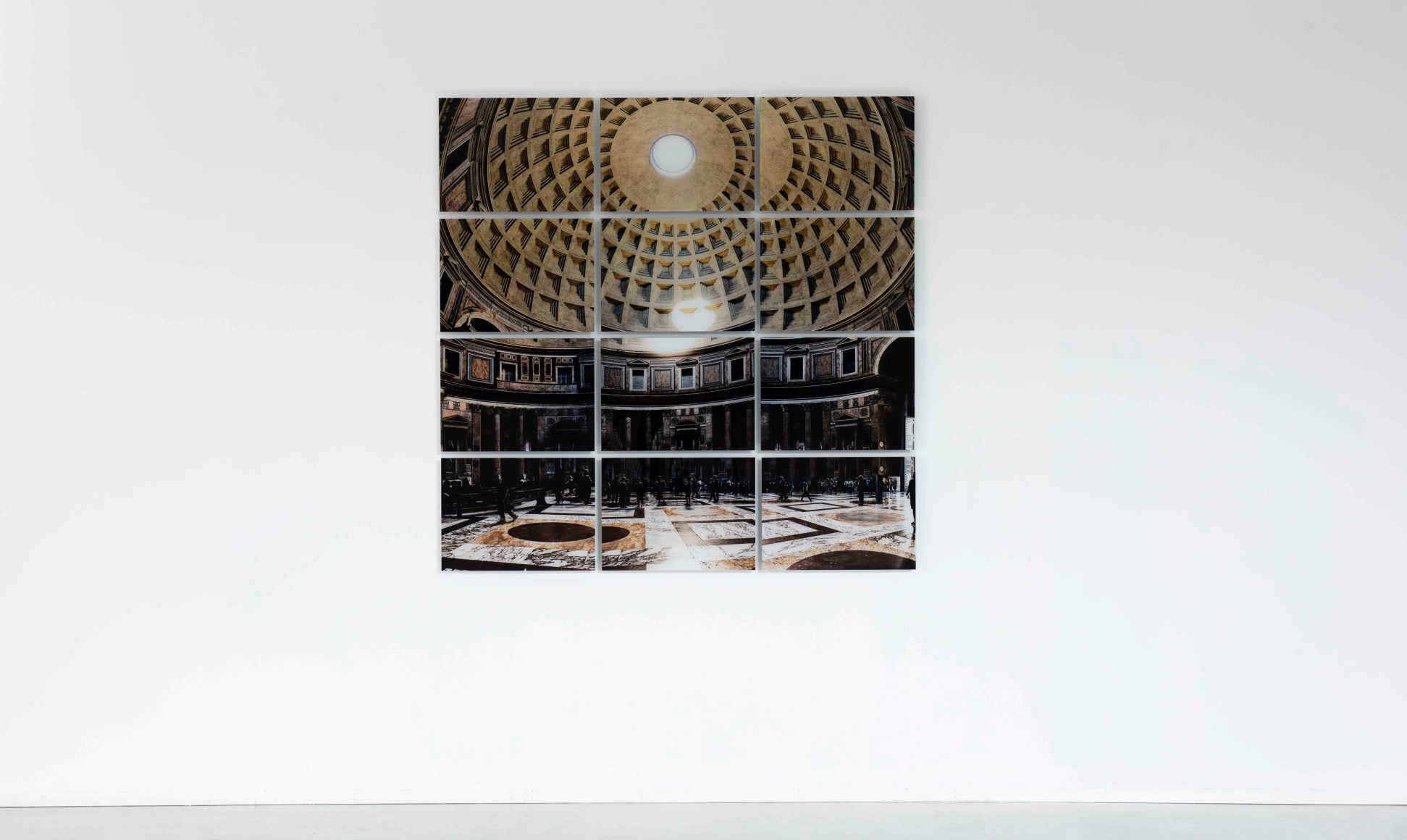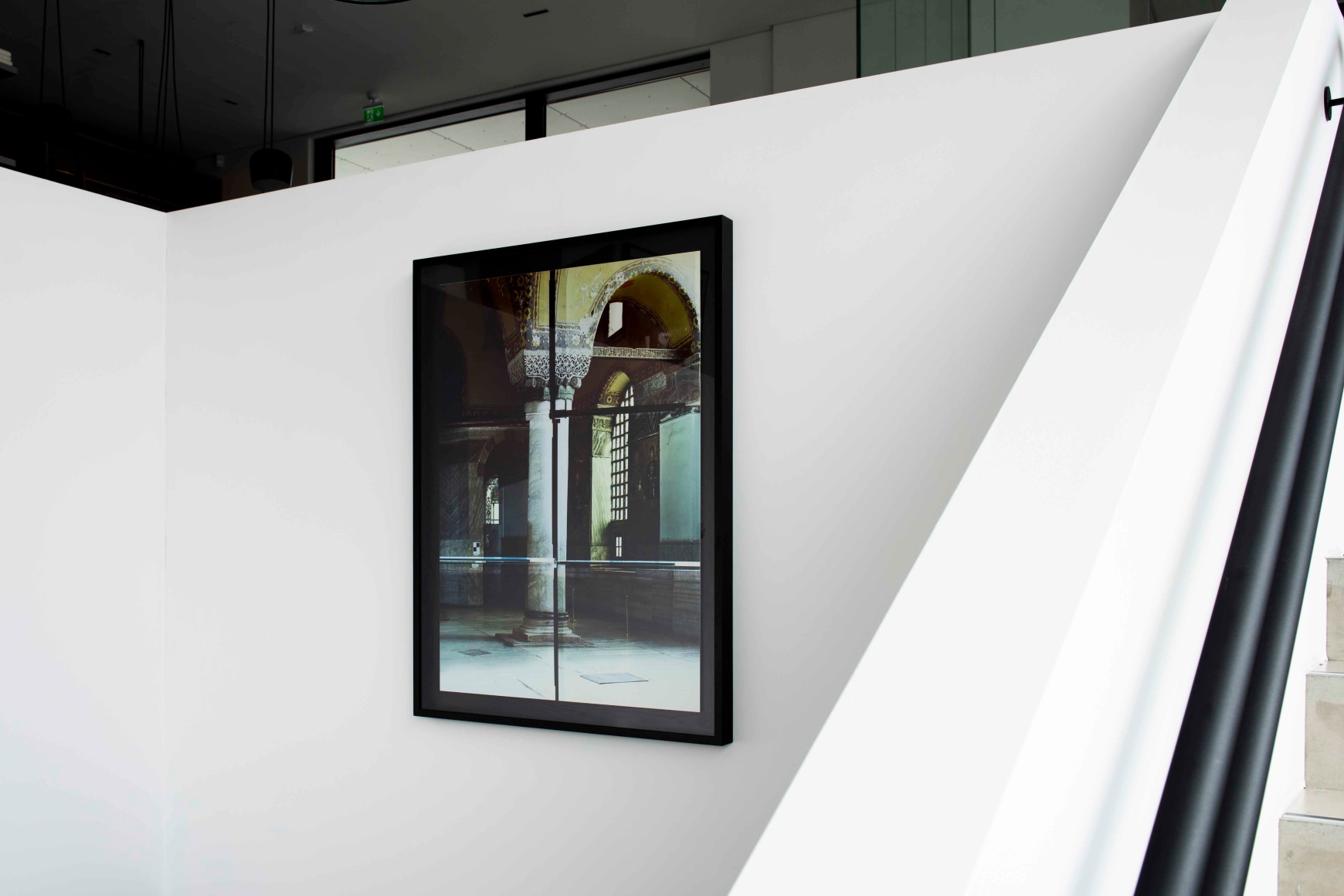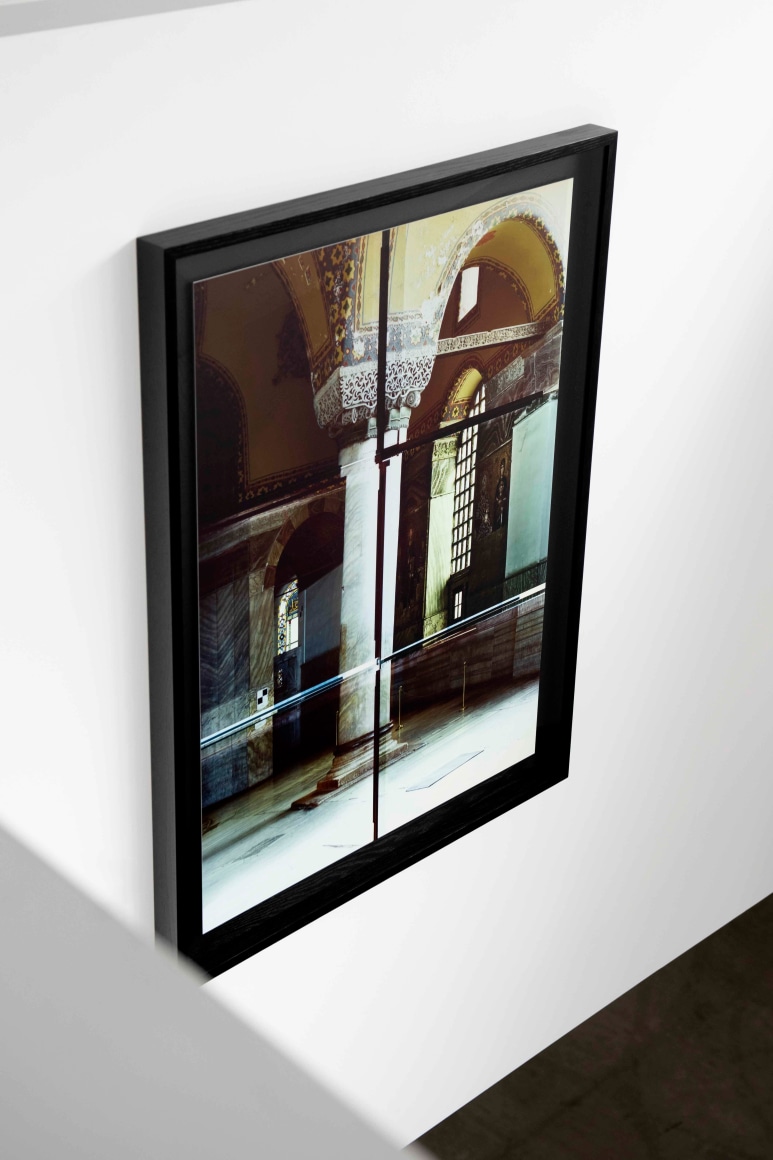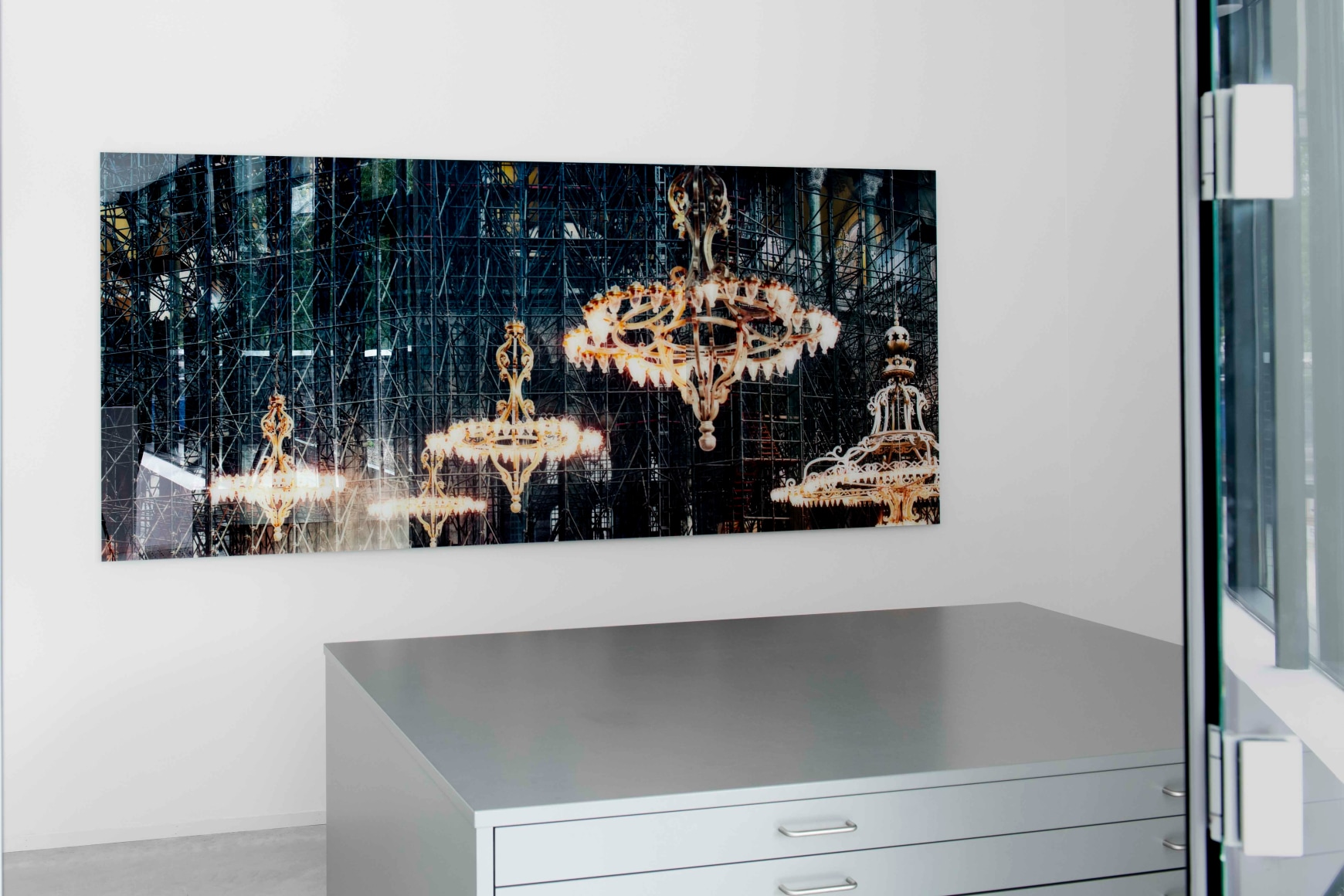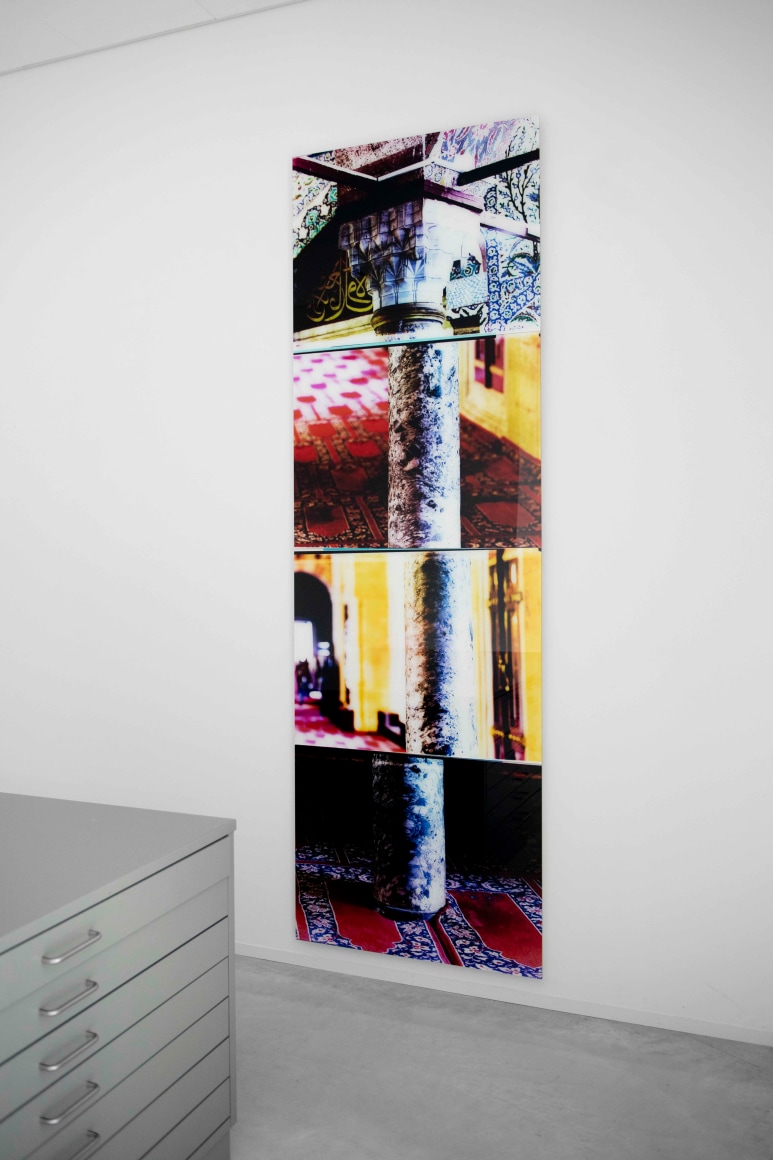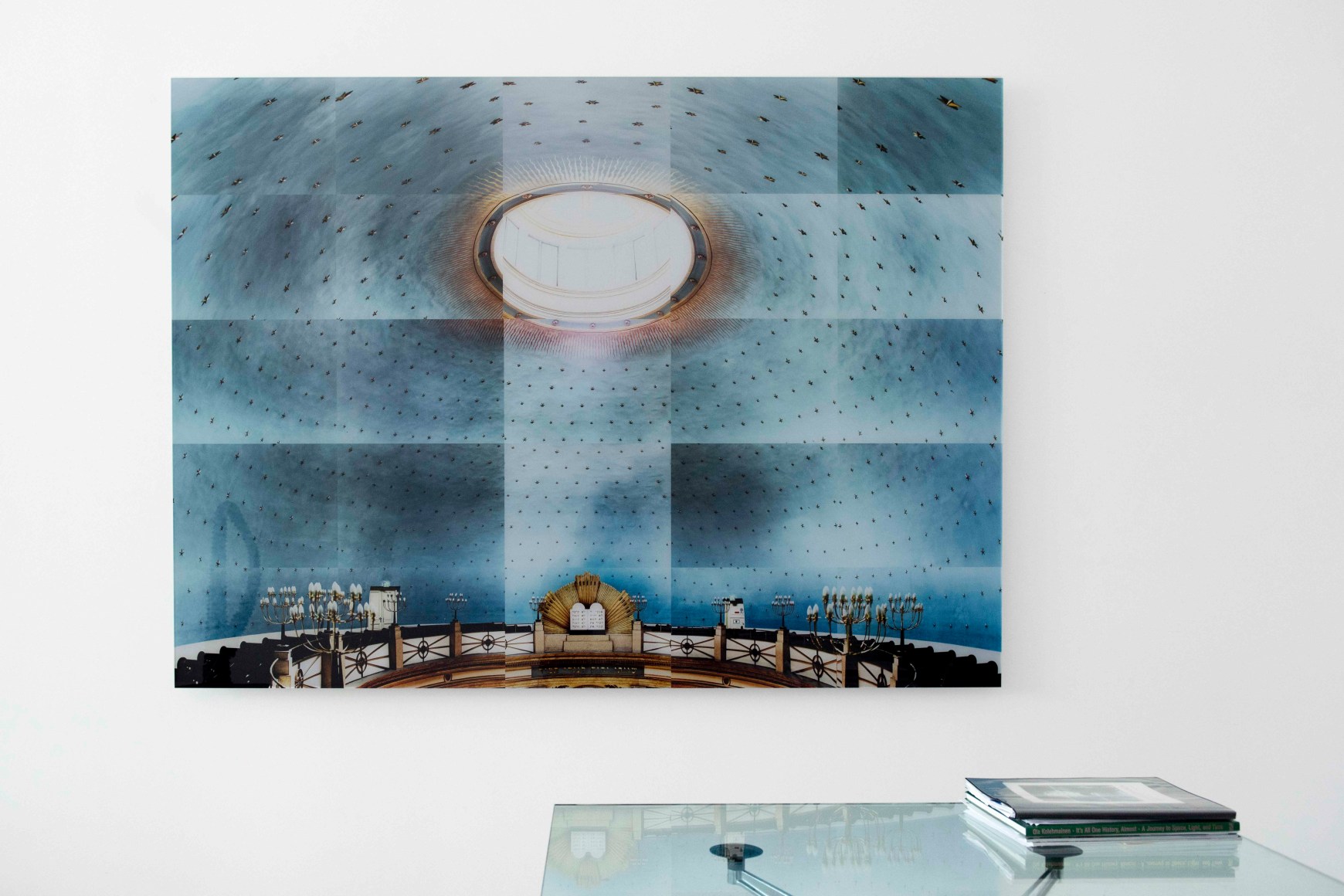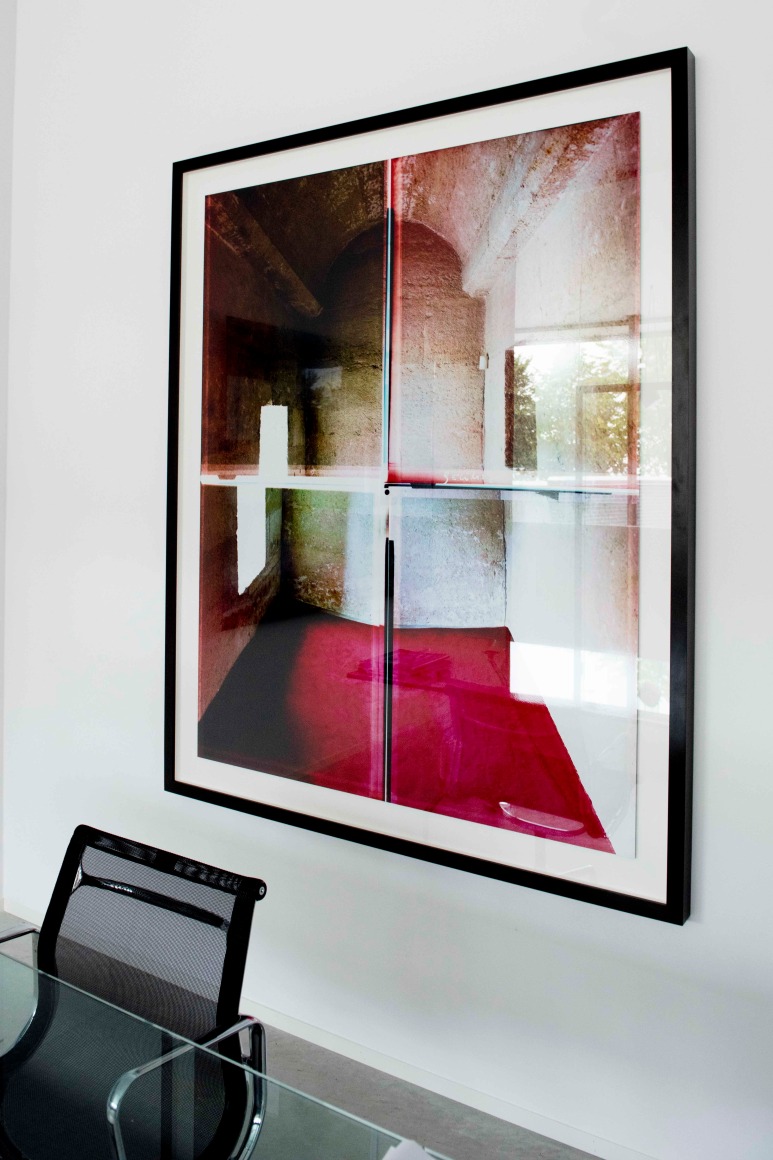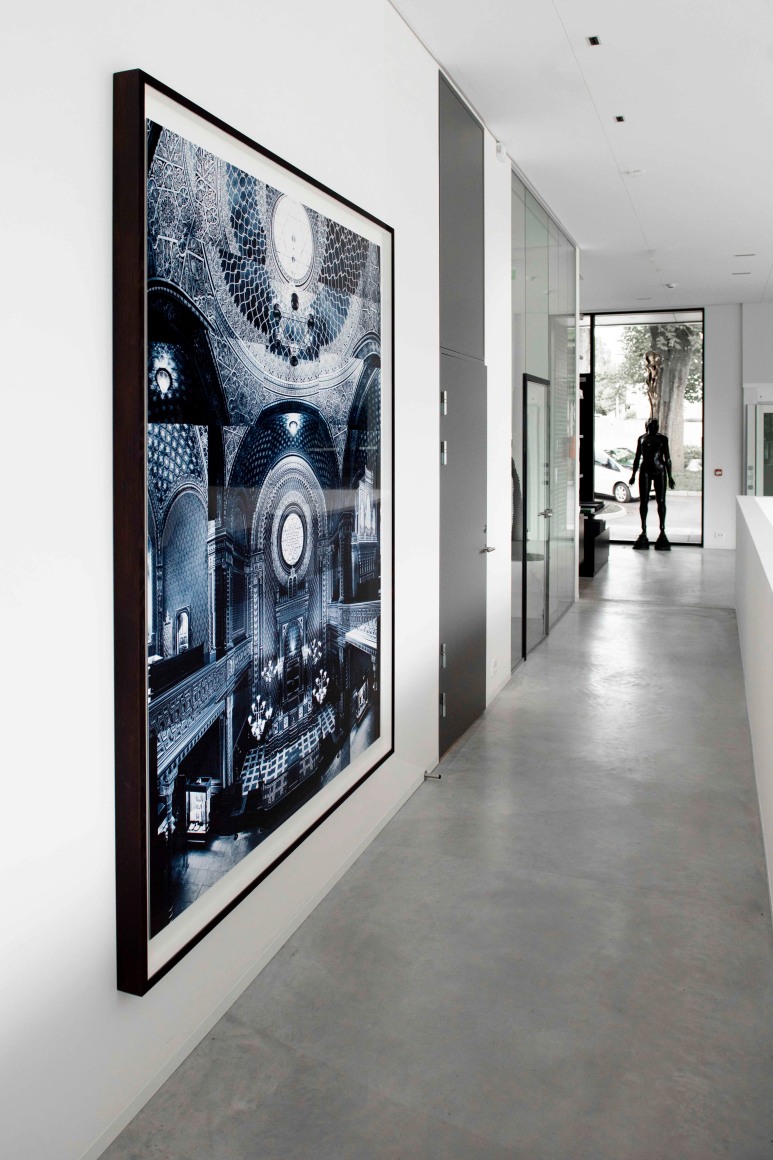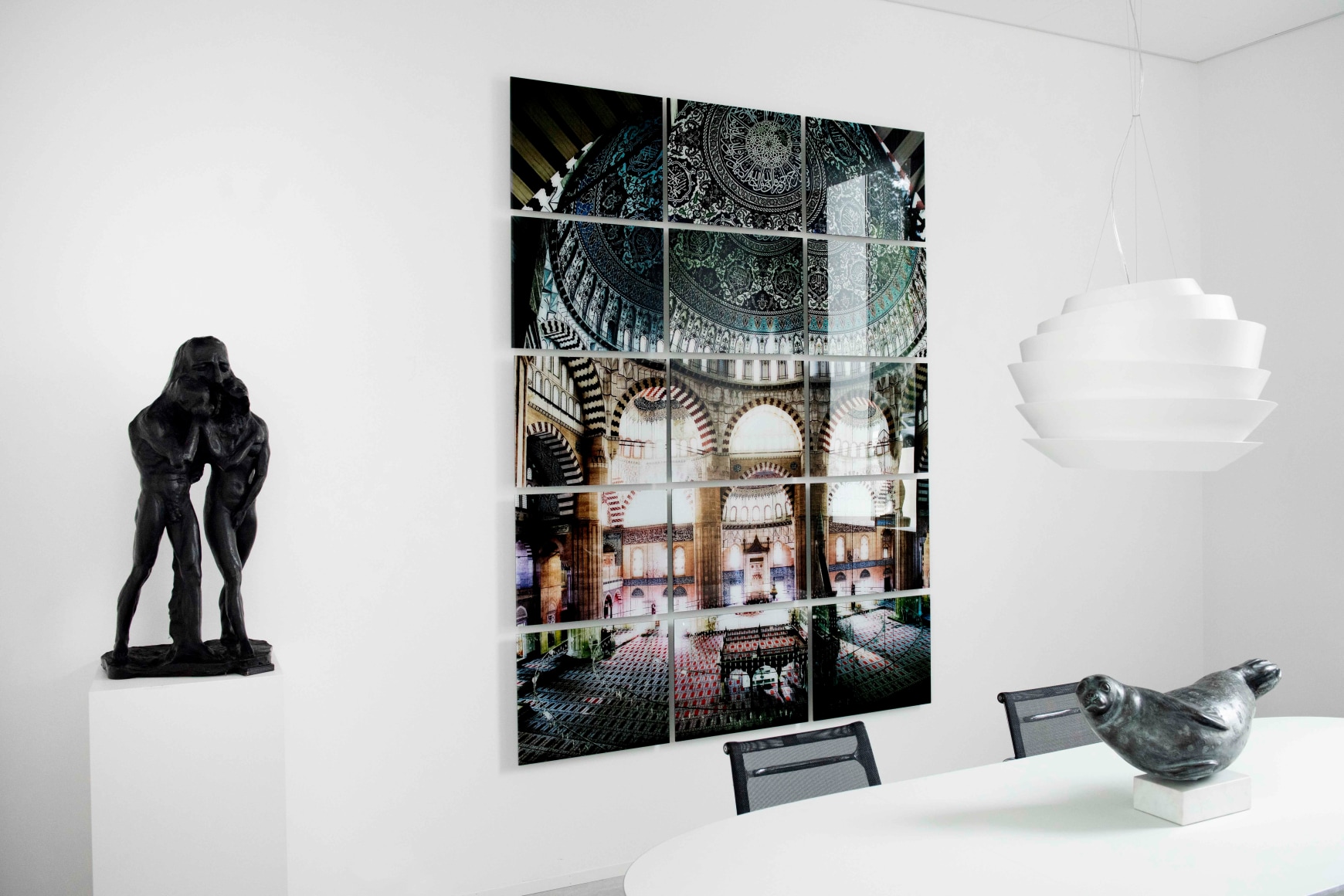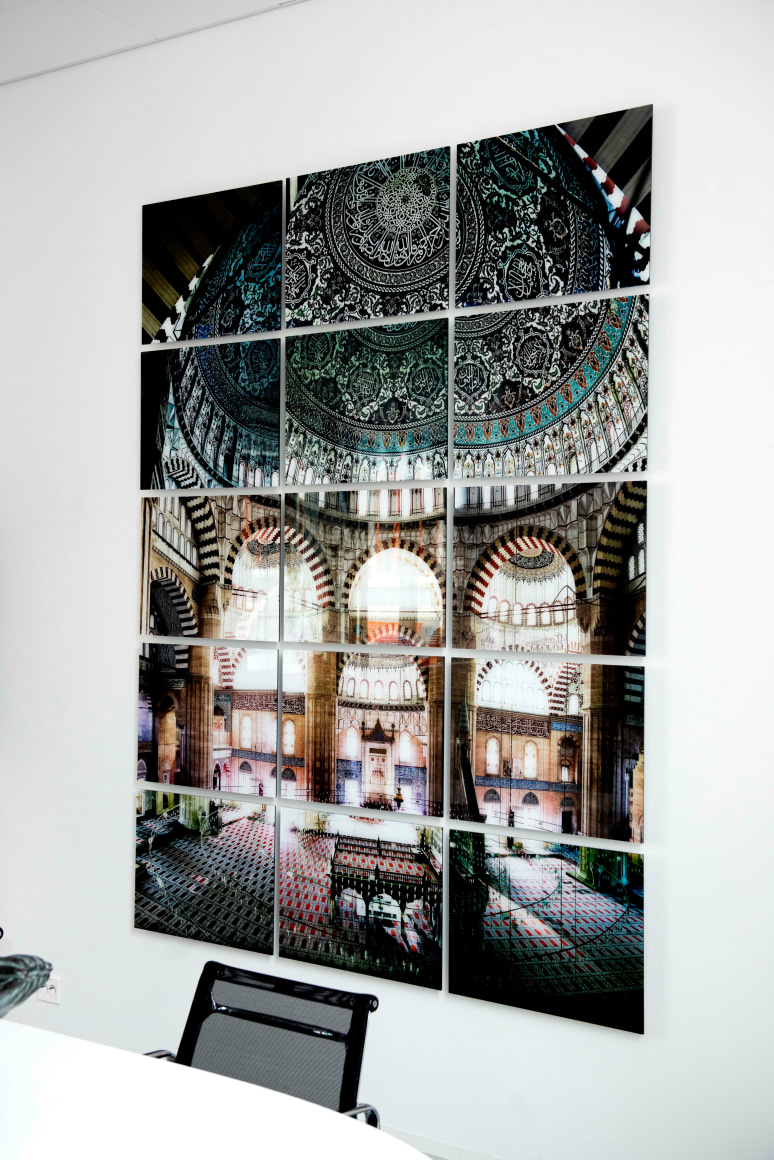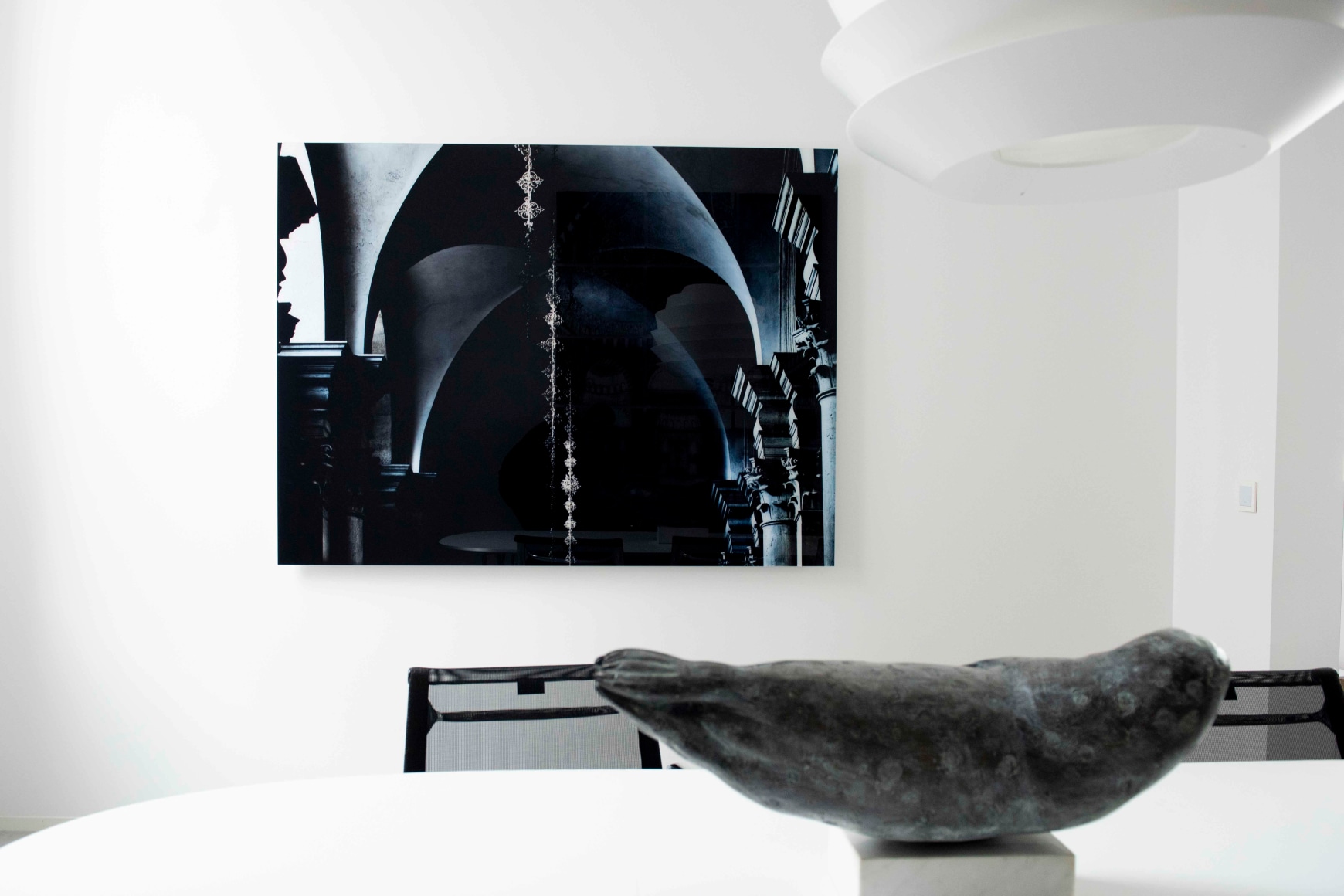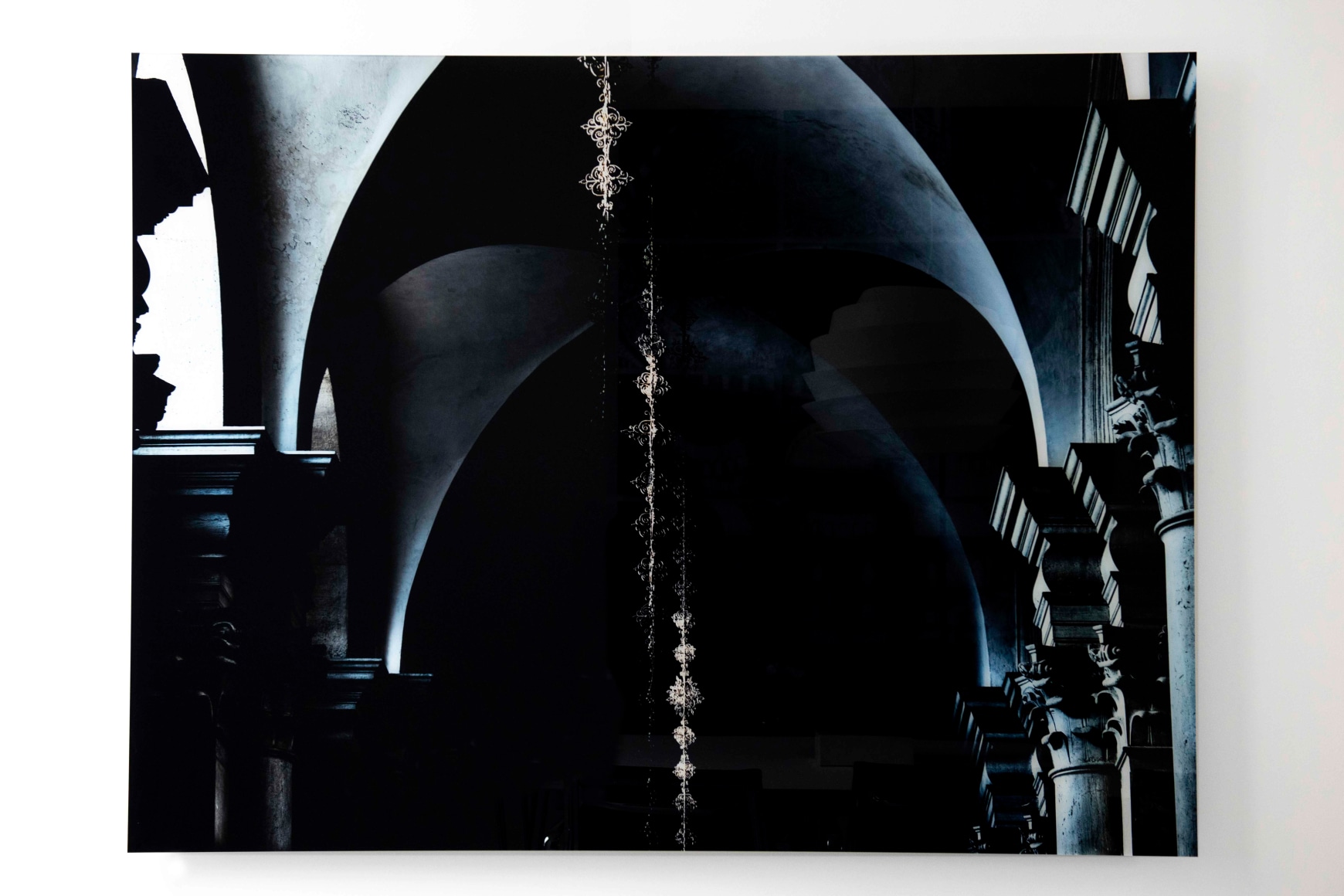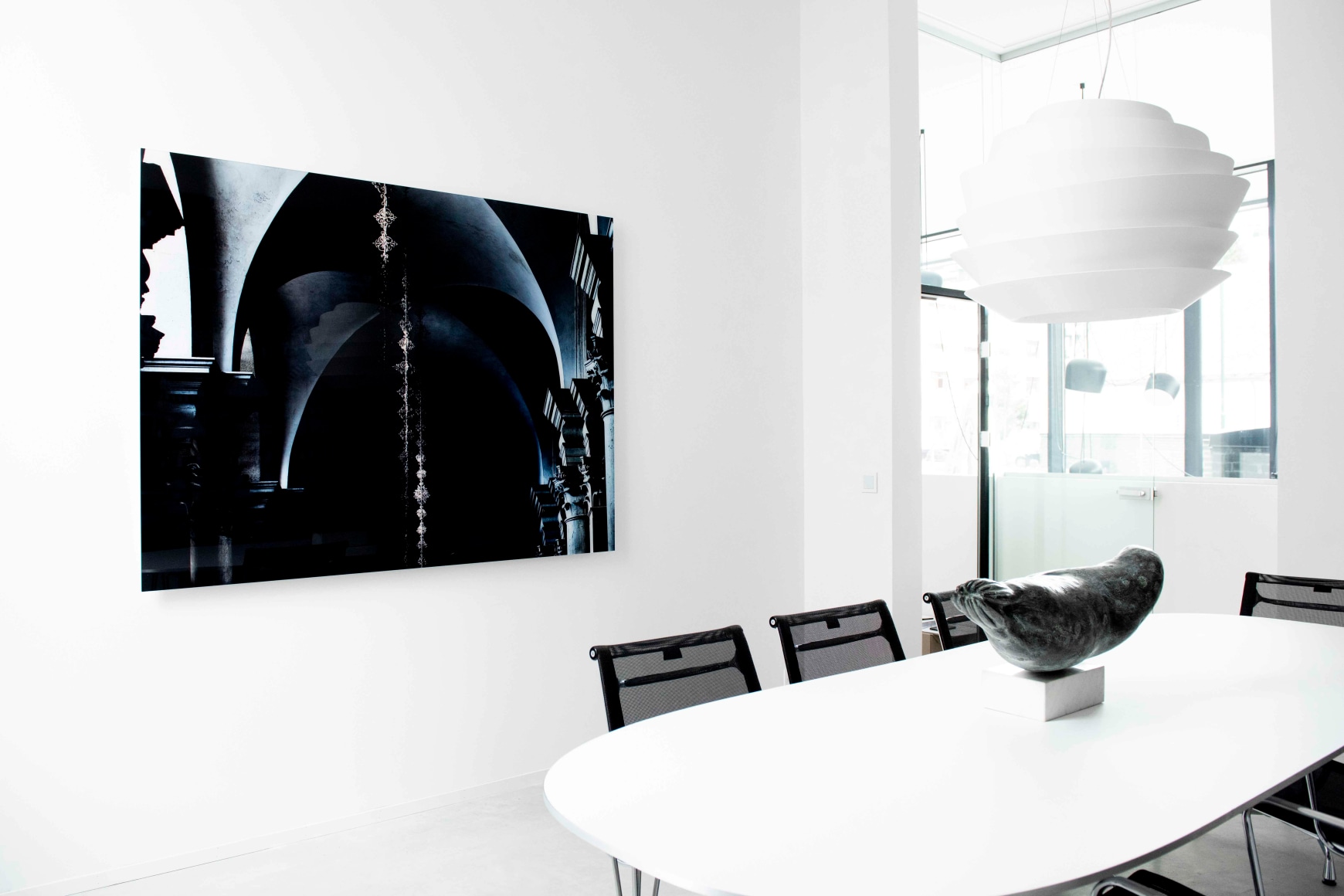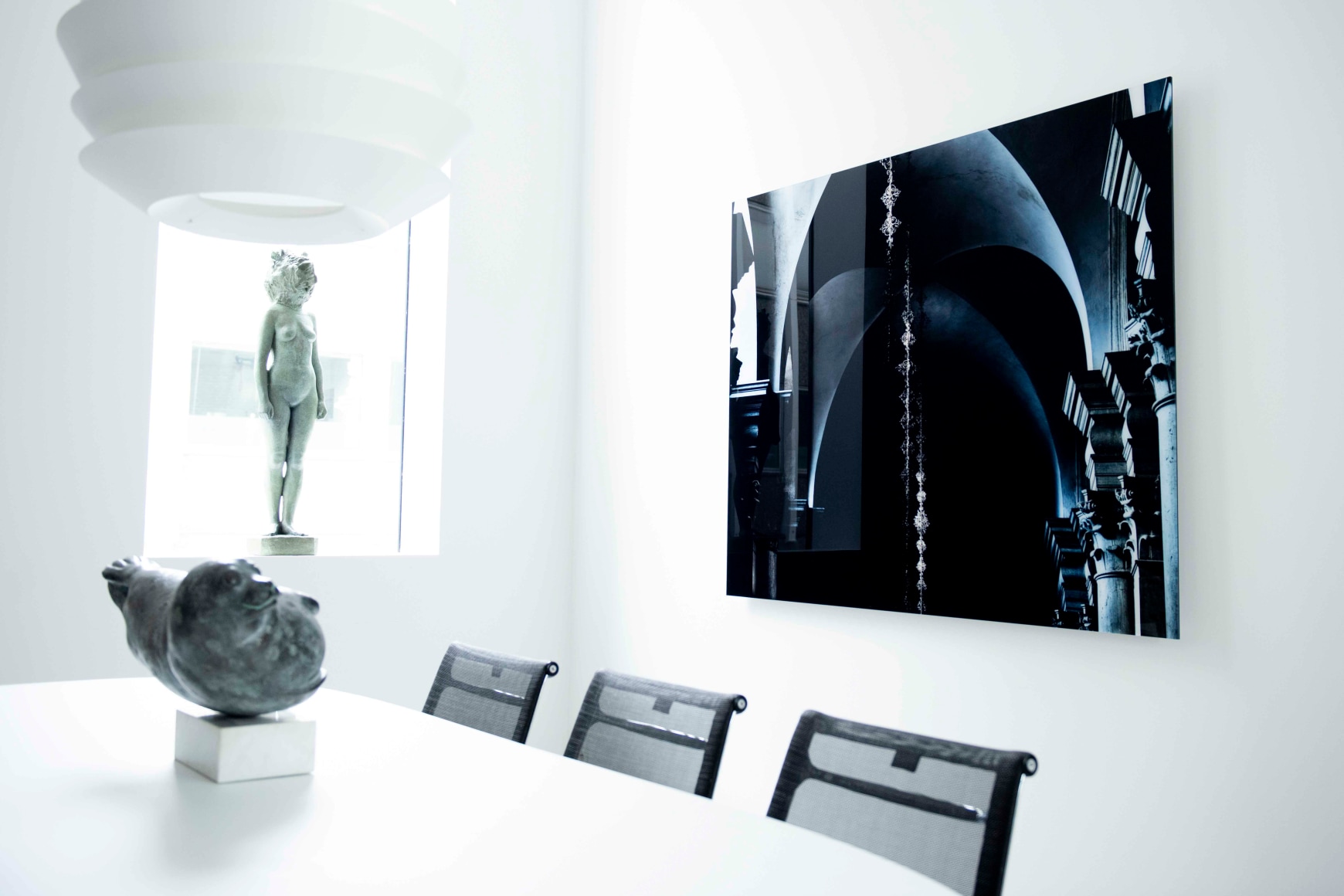BGE Contemporary is proud to announce our first exhibition with Finnish photographic artist Ola Kolehmainen with the exhibition “Hellige Rom” (Sacred Spaces). The exhibition is a continuation of his solo show with the same title at HAM Museum in Helsinki, Finland.
Throughout his artistry Ola Kolehmainen has captured the details within modernist architecture in the form of minimalistic works. With the exhibition Hellige Rom, Kolehmainen´s pursuit has shifted slightly, towards historical and sacred spaces, where the spectator is taken on a passage to through Islam, Judaism and Christianity, in 15 European cities, 30 destinations of over 50 historical monuments, across 1500 years.
The project Hellige Rom was born in 2013, after Kolehmainen was commissioned by a collector in Turkey to capture the works of Mimar Sinan, a great Ottoman Architect of the 16th century. Through his exploration of Islamic architecture grew an interest for Jewish and Christian architectural sites across Europe.
The exhibition celebrates the volume and history of these religious structures, including the legacy of the architects, artists and commissioners behind them, while maintaining a detachment to their past, by depicting them with a new approach.
In order to achieve the unique lighting revealed in Kolehmainen´s works, planned timing of the photograph was essential, as the lighting pattern dramatically changes throughout the day as well as the season. This is for example evident in the works created in St. Peter Basilica in Rome where this specific atmospheric light is only visible for six days a year when shooting was possible. As a result, each of the works express a long awaited moment, where artist, space, color and light delicately come together for just a just an instant flash of time.
In contrast to his previous works which focus on details within the architecture, captured in one frame, it is evident that Kolehmainen in this new series of works examines the architectural magnitude of his subjects one individual frame at a time, for then to reassemble the frames into one complete work. This fragmented technique does not only allow for immaculate details, but incorporates the perception of the architectural space and light.

